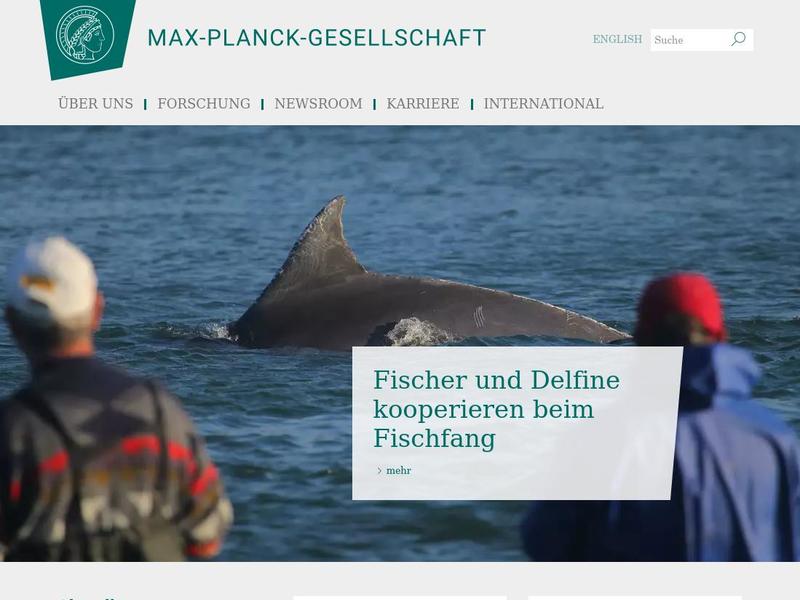CRESST: Finetuning dark matter detectors https://www.mpg.de/20678482/cresst-finetuning-dark-matter-detectors
The detectors of the Cresst experiment search for very light dark matter particles
measure the tiny energy released by these particles in the detectors, those must be very

